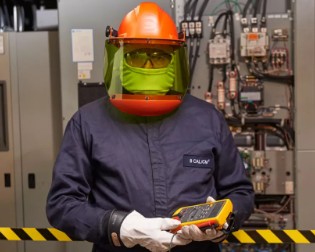4 common misconceptions about risk
At present, it is very common for employees in the field of safety production to have unclear understanding, inaccurate judgment and misuse of relevant concepts. Among them, the wrong understanding of the concept of “risk” is particularly prominent.
Based on my work experience, I concluded that there are four kinds of misconceptions about “risk”.
First, “accident type” is “risk”.
For example, A workshop of enterprise A randomly stores A bucket of gasoline, which may lead to A fire accident if it encounters A fire source.
Therefore, some safety production practitioners believe that the risk of the workshop is fire.
Second, “the possibility of an accident” as “risk”.
For example: a workshop of company B is working at a high place. If employees do not take proper protection measures when working at a high place, a fall accident may occur.
Therefore, some safety production practitioners believe that the risk of high work activities in the workshop is the possibility of high fall accidents.
Third, the “hazard” as “risk”.
For example, sulfuric acid is needed in a workshop of company C. If employees do not have proper protection, they may be corroded by sulfuric acid when they overturn sulfuric acid containers.
Therefore, some safety production practitioners believe that the risk of the workshop is sulfuric acid.
Fourth, take “hidden dangers” as “risks”.
For example, a workshop of D enterprise does not carry out Lockout tagout management when repairing the mechanical equipment driven by electric power. If someone turns on or starts the equipment without knowing it, mechanical injury may result.
Therefore, some safety production practitioners believe that the risk of maintenance operations in the workshop is that Lockout tagout management is not carried out during maintenance.
What exactly is risk? Risk is a comprehensive evaluation of the possibility of a certain kind of accident occurring in a hazard source and the serious consequences that the accident may cause.
Risk exists objectively, but it is not a specific object, equipment, behavior or environment.
Therefore, I think it is wrong to identify a specific object, equipment, behavior or environment as a risk.
It is also wrong to simply identify as a risk the possibility that a specific object, equipment, behavior or environment may lead to a certain kind of accident (for example, once a year) or the serious consequences that may result from such accident (3 people will die once). The fault is that the risk assessment is too one-sided and only one factor is considered.

Post time: Nov-06-2021






